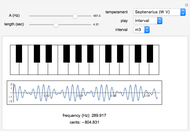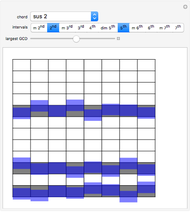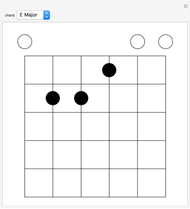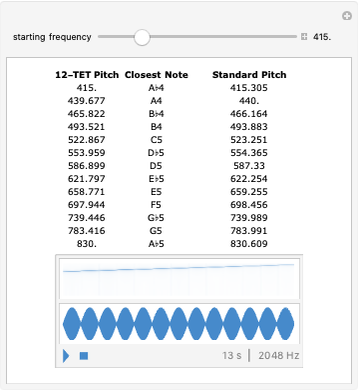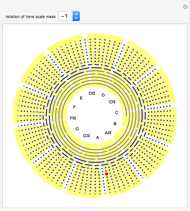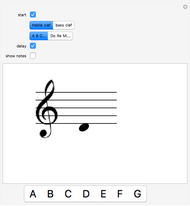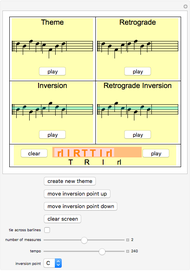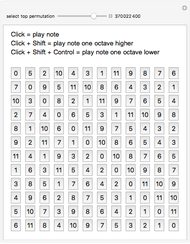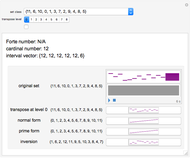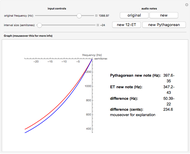Semitones in Pythagorean Tuning and 12 Tone Equal Temperament

Requires a Wolfram Notebook System
Interact on desktop, mobile and cloud with the free Wolfram Player or other Wolfram Language products.
This Demonstration focuses on the aural and numerical differences between semitones in 12-ET (12-tone equal temperament) and Pythagorean tuning. 12-ET is the system of musical tuning that is used almost universally today, dividing an octave up into twelve equal semitones. Pythagorean tuning relies on the ratio of 3:2, representing the frequencies of two notes of a perfect fifth; however, the twelfth note generated by this system does not match up with the first, as a consequence of the different methods of computing tone frequencies. As the default settings show, 12 semitones in 12-ET produces a perfect octave; 12 semitones in Pythagorean tuning does not.
[more]
Contributed by: David Harris (August 2012)
Open content licensed under CC BY-NC-SA
Snapshots
Details
The ratio of frequencies used for a semitone in Pythagorean tuning is 256/243. This is the ratio of the frequencies between notes 3 and 4 and notes 7 and 8 of a major scale using Pythagorean tuning. It is obtained by going down five perfect fifths (so the ratio is  ) and then multiplying by
) and then multiplying by  to get back to the original octave.
to get back to the original octave.
As the ratio of frequencies of two notes an octave apart is 2/1, and 12-ET splits the octave into 12 even semitones, the ratio used for a semitone is  .
.
The formula used to calculate interval width in cents is as follows: the difference in cents is 1200 ×  , where
, where  and
and  are the two frequencies.
are the two frequencies.
Permanent Citation








